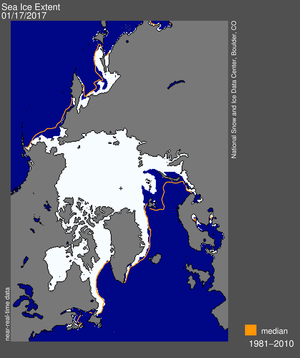We’re up at 7, skipping breakfast and congregating down at the dock to find our rubber boots and tie the canoe onto the roof of our rented SUV. Over an hour of mental exertion later (remembering forgotten equipment and forgotten knots), the spotless yellow canoe is lashed onto the too-small roof rack and we’re ready to go. Our mission today is deceptively simple: collect slimy mud from three small lakes on the Cariboo Plateau (yep, that’s how you spell it), about an hour and half north of the Pavilion Lake research station. Though it sounds simple, before we’re finished we’ll face rocky off-road drives, deep sucking quicksand-like mud, and flocks of hungry mosquitoes. However, our first challenge comes less than an hour into the drive, in the cozy town of Clinton, and it comes in an unlikely form: pancakes.
These aren’t just any pancakes, these are PANCAKES. Hungry-researcher sized pancakes — the size of a large microbialite. The pancakes here are a PLRP tradition, and I’m proud to say that our little group vanquished these planetary-scale hotcakes with hardly a hiccup. I must however admit that the four of us — Allyson (PLRP Acting PI), Jen (McMaster student), Henry (Astrobio.net writer), and myself (McMaster postdoc) — had a little help, in the form of 2-dimensional likenesses of Darlene (PLRP PI) and Greg (McMaster PI), who provided essential moral support in our endeavour.
After fueling up on carbohydrates and coffee, it’s time to find our lakes. We have GPS coordinates from previous visits, but in the end it comes down to brain power and hazy recollections when tracking down these mysterious bodies of briny water. “We’re looking for two cement blocks…. no, the road doesn’t have a name” was a typical direction on our course.
We arrive at the unofficially-titled Probe Lake and haul the canoe down to the shoreline, which is black with flies feasting on the remains of millions upon millions of desiccated larvae. I take a step into the reeking muck, en route to the brownish-green mats beyond, and am warned, as the mud approaches the top of my rubber boot, that “it’s deeper than it looks.” Thankfully I don’t have to wade too far through the mud because of a brilliant tool built by Allyson, consisting of half a plastic bottle taped to the end of a long pipe. Holes drilled through the bottom allow water to pass through while collecting the firm mats. Using this instrument I collected several jars of mats to return to McMaster University, where I will analyze the diversity of microorganisms in the mats and link this to biosignatures like fatty acids. Meanwhile, Jen and Allyson have launched the canoe and are taking water samples from the middle of the small lake. Previous research has found that these lakes are very salty and highly alkaline, or basic: they have a pH of about 10.1. The high pH is caused by very high concentrations of carbonate in the water.
Watch a tutorial on carbonate chemistry at the PLRP website.
One reason we are interested in these strange lakes is that although they are rich in carbonate ions, the microbial communities do not precipitate the carbonates and form microbialite structures as in Pavilion Lake. Understanding these differences may help to explain why the Pavilion Lake microbialites are so unique. These lakes may also be modern-day analogs to briny pools that existed early in Earth’s history, perhaps even before the rise of oxygen. Biomarkers are chemical compounds created by microbes that can be preserved over geological time scales in rocks. By identifying the microbial community members and their biomarkers in these lakes we may aid in identifying members of ancient microbial communities that are today preserved only as biomarkers in rocks.
After sampling each of the two remaining lakes I am more and more amazed by how different each lake is from the others, despite their similar origins and general chemical makeup. For example, the water in Probe Lake and Deer Lake is crystal clear, while Goodenough lake is so full of opaque particulates and brine shrimp larvae that we can’t see the bottom, less than 50 cm below us. The mats in each lake are also starkly different, ranging from pale pinkish flocculent islands to drier dark mats with thick bread pudding consistency, to mats with sharply delineated horizons of purple and green photosynthetic bacteria.
I’m excited to find out how the diversity of the microbial community is different in each lake and what role the lake chemistry might play in structuring these complex, colorful, and infinitely intriguing analogs for life on the early Earth. I’m less excited about washing out the canoe and the car, both of which are caked with stinking black mud, but sometimes that’s just what it takes to be an astrobiologist, and it’s all worth it in the end.
Tags: astrobiology · bacteria · evolution · extremophiles · science1 Comment



1 response so far ↓
Just wanted to say thanks so much for making these amusing and interesting! I’m taking an astrobiology course at McGill this coming Spring and have been browsing your site to become familiar with what I’m to expect, and if the course is anything like this site, it should be awesome.